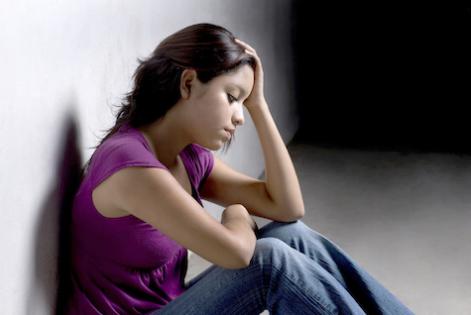Here’s a terrible statistic you probably were not aware of: the leading cause of death amongst teenage girls worldwide is suicide, according to the World Health Organisation (WHO).
More girls aged between 15 and 19 die from self-harm than from road accidents, diseases or complications of pregnancy.
How did this happen?
To say that the world didn’t notice may not be quite accurate, but it hasn’t been talked about much publicly. Having said that, catch conversations between mothers of teenagers and one of the topics they may often talk about are “mental health issues” amongst their children’s peer group.
The WHO report shows that in every region of the world, other than Africa, suicide is one of the top three causes of death for 15-to-19 year old girls. For boys, the leading killer globally is road injury, followed by violence, with self-harm third.
What is known is that suicide is likely to be underreported also. Often a coroner will not record a death as suicide at the family’s request or to protect the family’s feelings.
Professor Vikram Patel, a psychiatrist who was recently featured in Time magazine's 100 Most Influential People for his work in global mental health, says the “aspirational images of romance and love” portrayed in popular and social media and sexual pressure from boys can be a pressure point for teenage girls in a country like Australia.
There is relentless pressure on western girls to look a certain way. Experts like Professor Patel say that teenage boys often compare teenage girls to the women they see in media such as supermodels or the ubiquitous Kim Kardashian who posts endless selfies of her self and her sisters – the latest trend being in waist-slimming corsets.
Dr Amy Chandler, a research fellow at Edinburgh University who specialises in self-harm and suicide, says that western girls are more likely to self-harm than boys because their body is one area where they have control.
Boys might shout, punch a wall, fight; girls are less likely to be outwardly aggressive.
Adolescence is a time when girls feel their choices become restricted: that they must look and behave in certain ways to be accepted. It’s even worse for girls in parts of Asia, Africa or the Middle East who are amongst some of the most disempowered people in the world.
“Gender is a pervasive global issue,” says Professor Patel.
And as the WHO report details, the consequences can be fatal.
* * *
If you, or someone you know, is having suicidal feelings or has poor mental health, please contact Beyond Blue on 1300 22 4636 or Kids Help Line on 1800 55 1800.



















__small.png)










